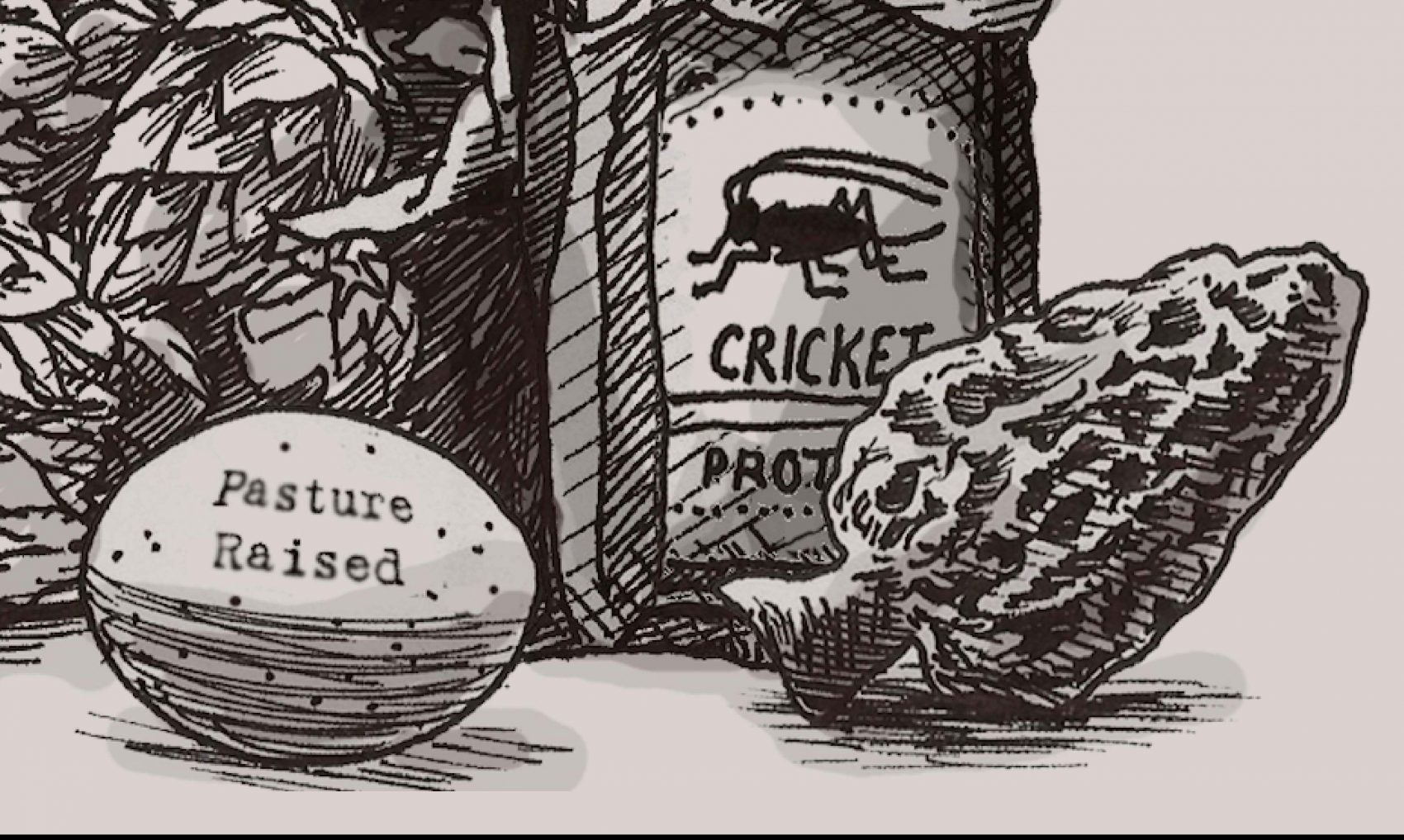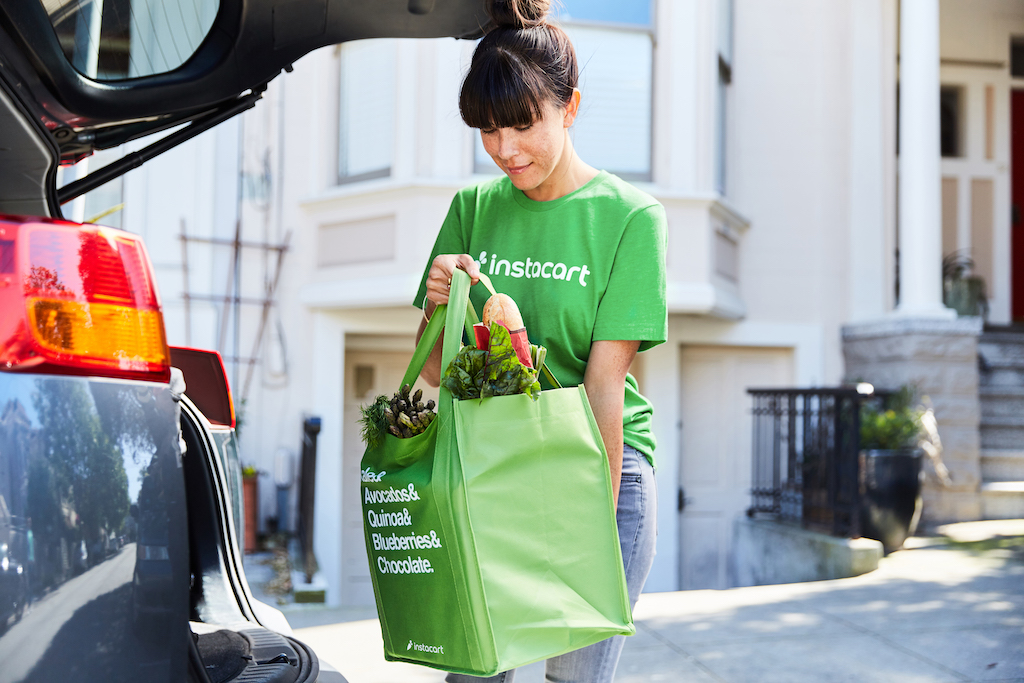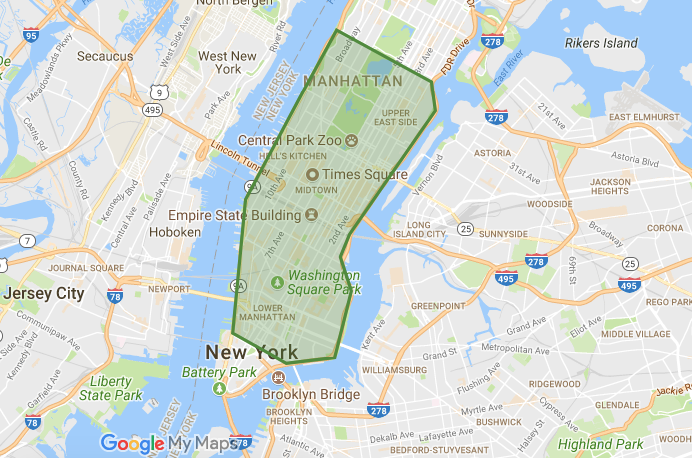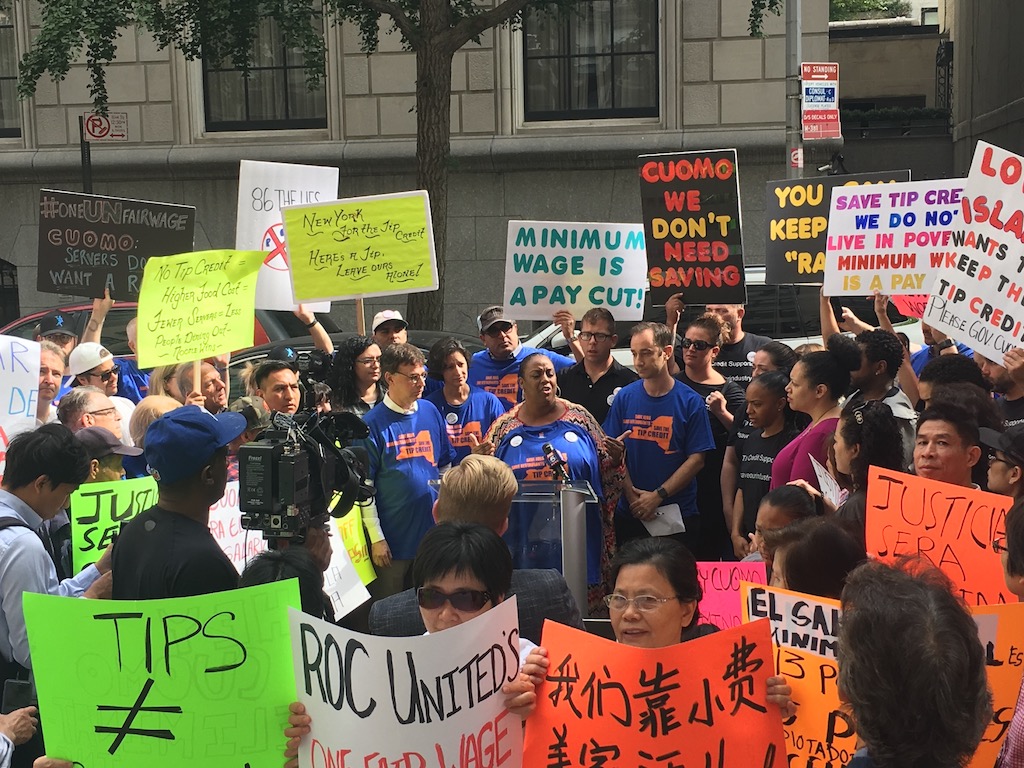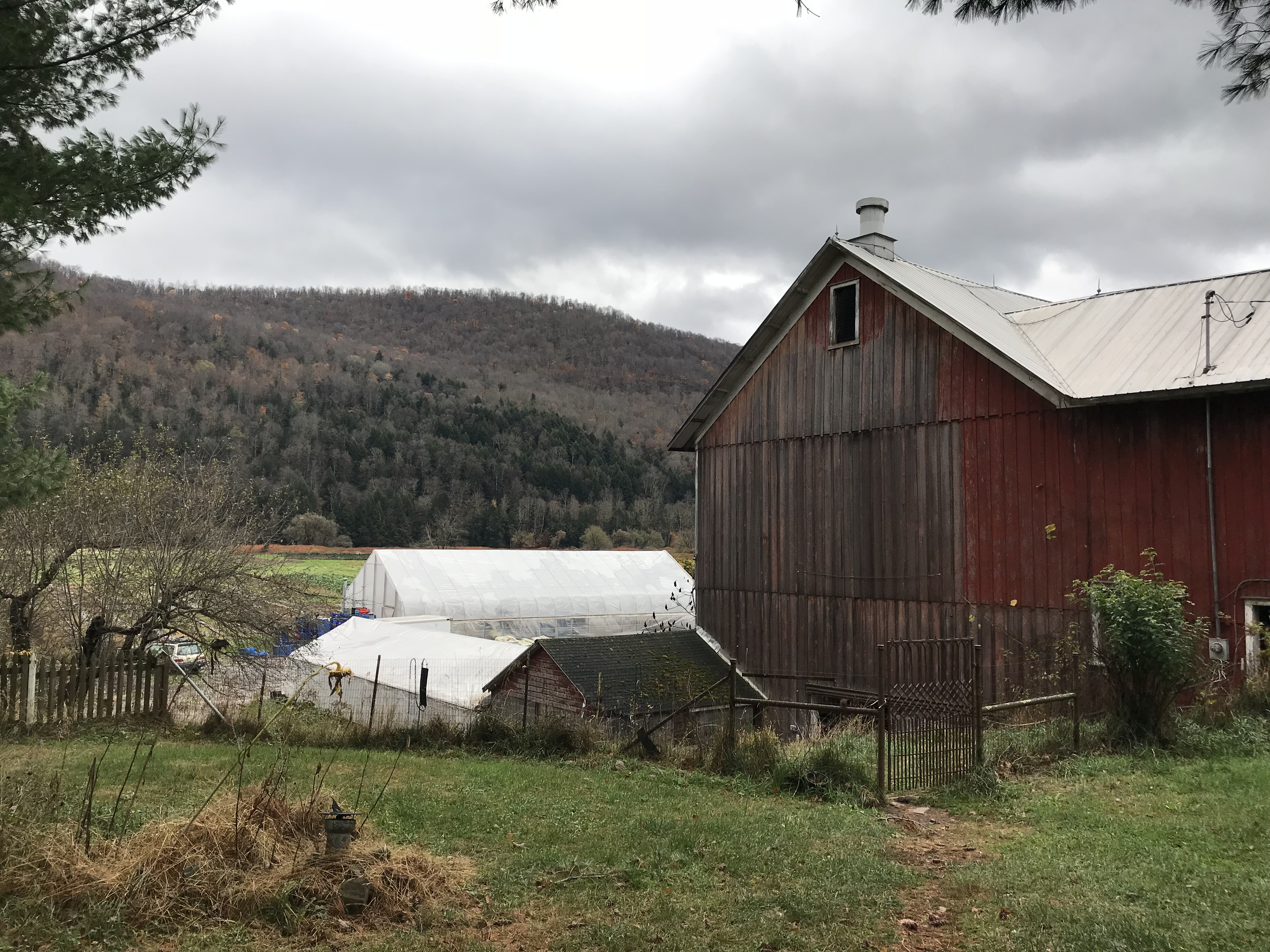If we could see what lies on the far side of the increasingly high wall of our industrial agriculture,” Michael Pollan wrote, in the introduction to The Omnivore’s Dilemma, “we would surely change the way we eat.”
A decade later, we can say we’ve gotten a good look–or at least a better look–at what’s on the far side. And Pollan is wondering whether that alone is enough.
 Alia Malley
Alia Malley In a recent interview, I asked him whether heightened consumer awareness has changed food the way he’d hoped it would. His surprising answer: not so much. Though he pointed out some encouraging developments, he also argued that our food system, on the whole, is not so different from the one he wrote about in 2006. It’s going to take some difficult conversations for the alternate food economy to become the primary food economy, he said. Conversations about the political limits of conscientious consumption. About who should pay for food and how much. And about identity—how advocates should feel about corporations co-opting their message, and how big a role Big Food should play in a movement’s future.
Penguin Books’ 10th anniversary edition of The Omnivore’s Dilemma, which features a new afterword by the author, was published today.
I spoke to Pollan by phone, and his remarks have been edited for length.
 Doug McLean
Doug McLean Anatomy of a cover: We asked illustrator Doug McLean to help us reimagine the classic book jacket of The Omnivore’s Dilemma for 2016.
Michael Pollan: The simple question that got me started on the book—where does your food come from?—is now front-of-mind for a lot of people. I don’t want to oversell its influence because the food system, in many ways, is remarkably similar to what it was ten years ago. But the attitude people bring to their food choices had already started to shift in 2006, and it’s certainly different today.
The alternative food economy is growing in America. Organic food is approaching 40 billion dollars in sales. Local food is harder to quantify, but I’ve seen numbers between 7 and 10 billion dollars in sales. Then there are artisanal foods of various kinds. You’re north of 50 billion dollars in economic activity that is, in one way or another, opposed to the conventional food system. Which is not to say that some of the mainstream companies don’t own stakes in organic food: they do. But that the fact that they do is significant because it suggests the alternative food economy is influencing the mainstream food economy in various ways.
One of the good things about having a handful of large companies dominate the food landscape is that monopolies can sometimes move quickly to change the system. When you persuade McDonald’s or Walmart or KFC to change what they do, you can rapidly drive a lot of change throughout the food system. Ultimately, I think many of the values that seem alternative now—cage-free eggs, for example—will be mainstream very soon. I think you’ll have major fast food chains switching to organic at some point as a marketing matter—and it’ll work, and others will follow suit.
This is how change comes to America, right? We tend to make progress by co-opting challenges, rather than by revolution and replacement. There is no question that you’ll see this alternative food economy gradually co-opted. The interesting thing is whether people will celebrate this or mourn it.
 I often ask audiences: how would you feel if McDonald’s decided to go all organic, and switch to grass-fed beef, pastured chicken, and all the rest? That would be an incredible victory. Think of all the acres of cornfields that would no longer be sprayed with atrazine, all the cattle that would get to graze on grass. But a certain portion of the audience will always moan at that fantasy. The food movement is a communitarian movement, made up of people who are interested in building new structures for the sake of having new structures—and in withdrawing from the mainstream economy in some sense. There are certain people who will be depressed when aspects of the movement become mainstream. Then there are others who will realize—well, this is how change comes in America. Perhaps this is the best we can hope for.
I often ask audiences: how would you feel if McDonald’s decided to go all organic, and switch to grass-fed beef, pastured chicken, and all the rest? That would be an incredible victory. Think of all the acres of cornfields that would no longer be sprayed with atrazine, all the cattle that would get to graze on grass. But a certain portion of the audience will always moan at that fantasy. The food movement is a communitarian movement, made up of people who are interested in building new structures for the sake of having new structures—and in withdrawing from the mainstream economy in some sense. There are certain people who will be depressed when aspects of the movement become mainstream. Then there are others who will realize—well, this is how change comes in America. Perhaps this is the best we can hope for.
While the cultural consciousness around food has shifted, we haven’t made much progress changing things in Washington. The real challenge now is to bring the fight from the consumer to the citizen: to get people to vote on food issues, to get people in Congress to vote for improvements to the food system. The industry still has a lock on the agricultural committees in Congress, and most of the reforms we’ve seen are really nibbling around the edges. There is money for farm-to-school and farm-to-institution programs, and for local food systems. The farm bill has some good provisions for small and diversified farmers that never existed before. There’s a lot of money to promote local agriculture. These aren’t trivial changes, but they are marginal. Legislators added some goodies for the alternative system without changing much about the main system.
We are at an interesting moment where the power of corporations is so complete that government has a lot of trouble bringing them to heel unless there is a scandal. And yet, the weakness—the Achilles heel—of these corporations is their brand. That’s where you see interesting political activity on the part of groups like the Coalition of Immokalee Workers, Oxfam America, the Humane Society. They’ve really gone after these brands, who have actually felt compelled to change their behavior because they’re so terrified of being held up to shame or ridicule. So we have this interesting politics developing around attacking the brands of corporations.
 In the end, though, you have to codify whatever changes you get from these companies. As impressive as some of these corporate promises are, you need regulations to enshrine them legally. We have too many examples of corporations making flashy promises and then backsliding when the public isn’t paying attention. McDonald’s recently made a pledge to remove antibiotics from their chicken, but then a reporter dug a little and found out they’d made the exact same promise more than ten years ago. Will the industry keep all the promises it made to Michelle Obama after she’s out of office? And is there a mechanism for ensuring that they do? In the end, I think there is no substitute for public—i.e., government—action on these questions.
In the end, though, you have to codify whatever changes you get from these companies. As impressive as some of these corporate promises are, you need regulations to enshrine them legally. We have too many examples of corporations making flashy promises and then backsliding when the public isn’t paying attention. McDonald’s recently made a pledge to remove antibiotics from their chicken, but then a reporter dug a little and found out they’d made the exact same promise more than ten years ago. Will the industry keep all the promises it made to Michelle Obama after she’s out of office? And is there a mechanism for ensuring that they do? In the end, I think there is no substitute for public—i.e., government—action on these questions.
It’s important to vote with your fork. It’s not trivial. It’s necessary but not sufficient. We also have to vote with our votes.
 One thing that could happen is for the government to offer these alternative systems—like organic food—some of the same subsidies they offer to conventional food. Still, the alternatives we’re talking about will probably never be as cheap as conventional food, partly because those low prices didn’t reflect the true cost of product. We pay for conventional food in other ways: in public health, in damage to the environment, in taxpayer subsidies. As we reform the system, I think we’re going to see that the low cost was illusory. You can’t really produce food that cheaply, without charging the real cost to the environment or the public health.
One thing that could happen is for the government to offer these alternative systems—like organic food—some of the same subsidies they offer to conventional food. Still, the alternatives we’re talking about will probably never be as cheap as conventional food, partly because those low prices didn’t reflect the true cost of product. We pay for conventional food in other ways: in public health, in damage to the environment, in taxpayer subsidies. As we reform the system, I think we’re going to see that the low cost was illusory. You can’t really produce food that cheaply, without charging the real cost to the environment or the public health.
My hope is that people will start to revalue food as something worth spending more money on when possible. After all, a remarkable number of us—a majority—got comfortable in very short order paying hundreds of dollars a month for a second telephone account, and for television (which once was free!). I think a significant slice of the consuming public is getting used to the idea that food produced in alignment with their values costs more and is worth more. But of course, there remain people who won’t be able to afford the higher prices of sustainable food, and that’s where the difficulty arises. How do we make this food available to them? That, I think, is the big challenge of the food movement: to democratize sustainably and ethically produced food.
That’s why it is very encouraging to see food movement activists get involved with labor issues in the last couple of years, addressing wages and not just food production. There’s a recognition that a lot of the working poor are employed in the food industry and are being exploited by it. If we can right that wrong, and get fast food and farm worker wages up, that will allow more of us to be able to pay the true cost of food.
